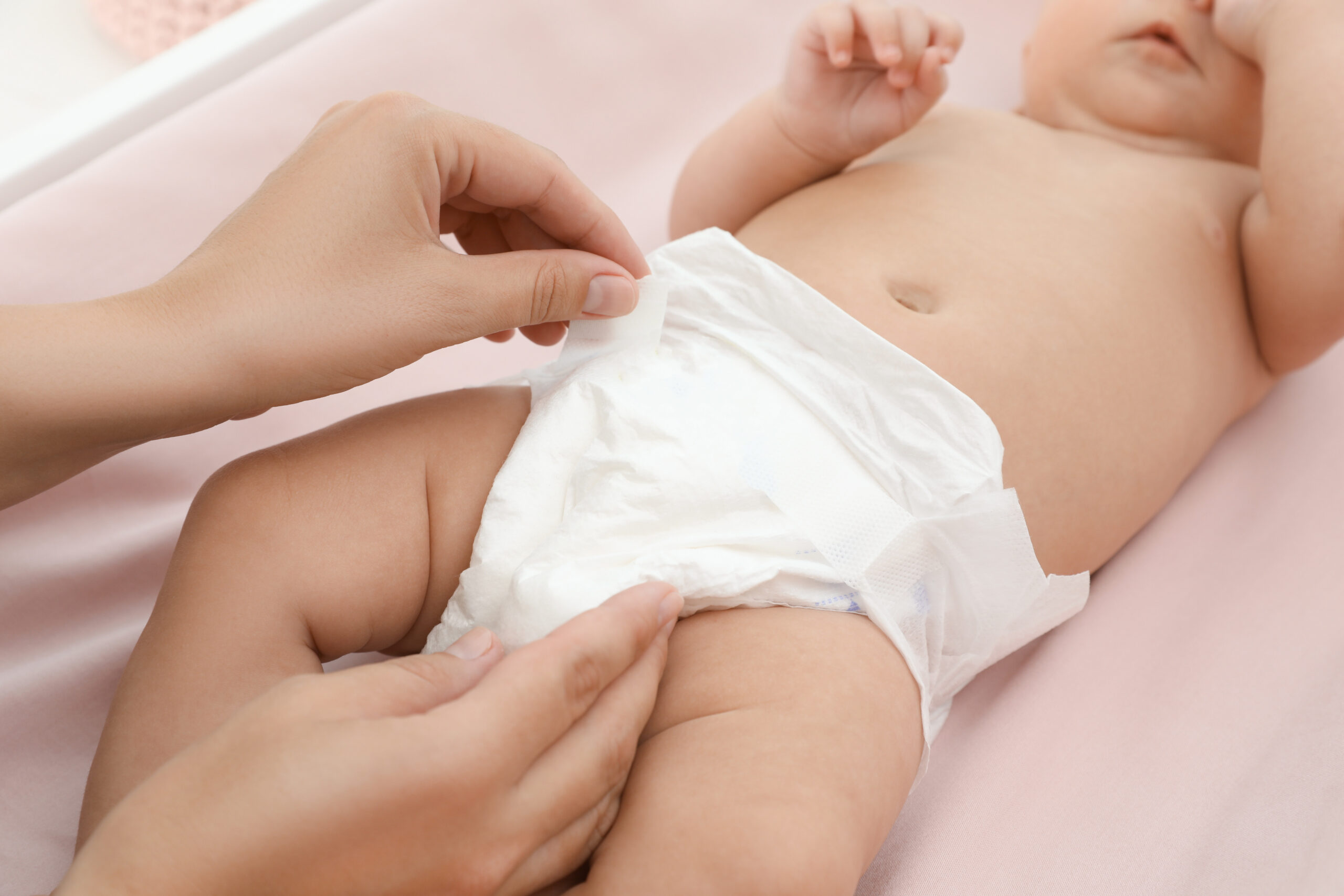With the warm weather in the summer months, an increase in diaper rash and rash problems can be observed in babies. Diaper rash, which manifests itself with pink or slightly red rashes in the diaper area of babies, occurs due to the lack of air or wet skin. Specialist Doctor Nazlı Ahmadova, Department of Child Health and Diseases at Memorial Bahçelievler Hospital informed on what should be considered about diaper rash and rash.
“Rash means rash and redness that occurs when the healthy and flexible structure of the skin is disrupted and inflamed. It can be related to urinary incontinence in babies. Redness in the diaper area of the baby or open sores may occur in more severe findings. In mild nappy rash problems, the rashes heal on their own in 3-4 days, but if the problem lasts longer, it should be treated.”
Nappy rash can be prevented with 5 precautions
1-Ventilation
2-Use of barrier cream containing petrolatum, zinc oxide or lanolin
3-Cleaning the cloth area with water and cotton or disposable water-impregnated wipes
4- Paying attention to the characteristics of the diaper used and the frequency of diaper changes.
5- Families to learn about the prevention and treatment of diaper dermatitis.
Drying of the diaper area by leaving it open can pass the diaper rash
“Wet diapers should be changed more often than before in order to improve the diaper area of the baby. It is recommended to use only lukewarm water to clean the baby’s bottom during diaper changes. In order not to irritate the skin too much, wet or dry wipes should not be used.
After cleaning or washing during diaper change, the area should be left open and allowed to dry on its own. After drying, protective creams can be used to form a thick layer on the skin.
Choosing diapers with a high absorbency capacity is important so that the baby’s bottom does not stay wet and diaper rash. It is recommended that the diaper of the baby with diaper rash should not be tied tightly. In tight-fitting glands, urine or stool comes into contact with the skin more. This can cause rash or sores.”
Rash is common in summer
“The rash seen due to the obstruction of the sweat gland ducts in the skin at any level is called rash. Rash occurs in infants after a febrile illness, due to a hot and humid environment, excessive sweating and wearing airtight clothes. In order to maintain the heat balance against the increase in the environmental temperature of the body, it expels the excess heat together with the sweat secreted from the sweat glands. Sweat, which is expelled due to the obstruction in the sweat channels, may leak from the lower layers of the skin to the upper layer and cause blisters and rashes. Symptoms such as red, liquid-filled blisters, itching, stinging and tingling sensations, inflammatory rashes in more severe cases, fever, chills, nausea or pain may occur.
Rash is a problem that can disappear without the need for medical attention. If itching, burning and other complaints persist or increase, specialists should be consulted for the treatment of rash. It is recommended that the patient use cooling lotions or creams.”





